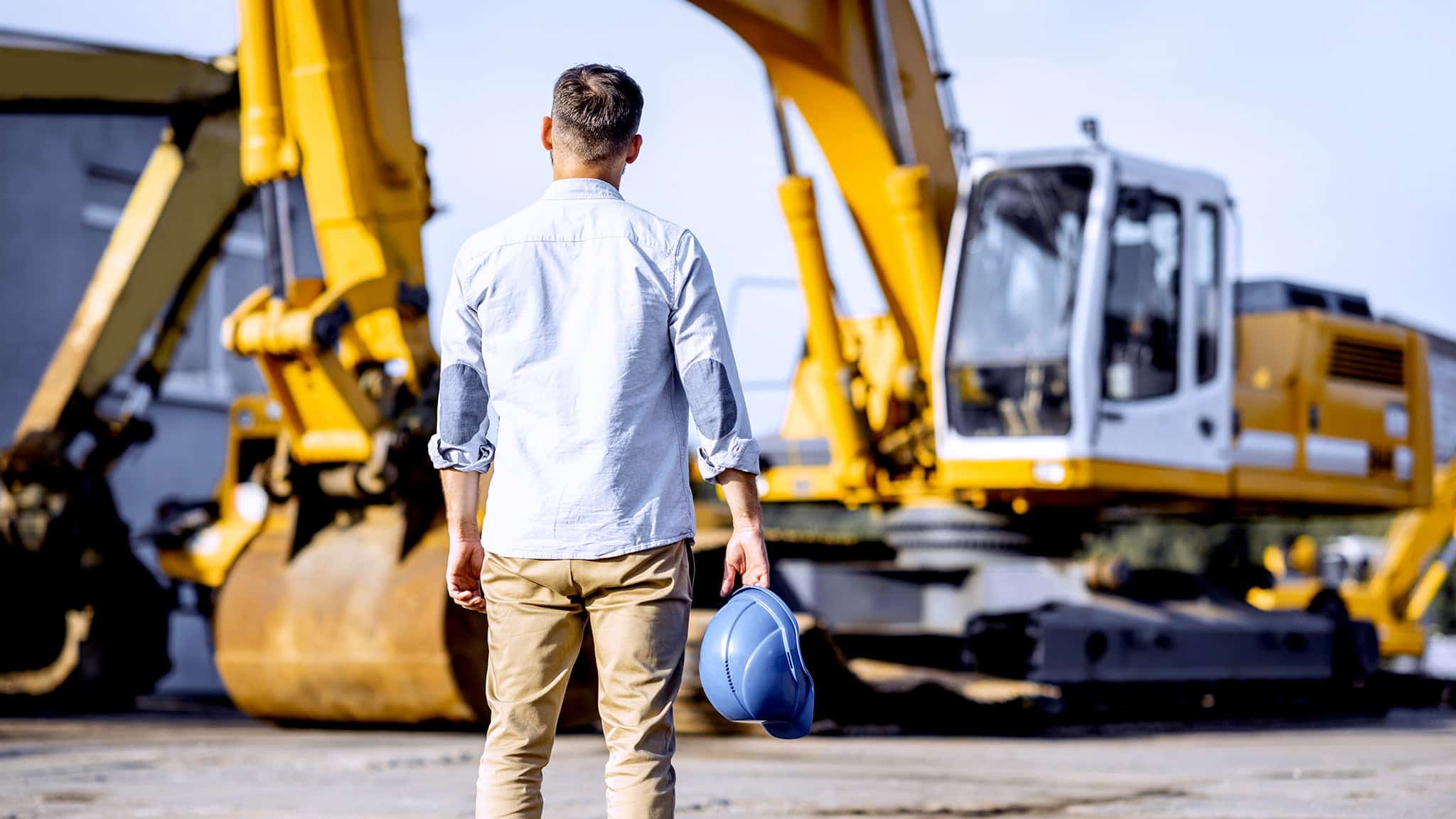
If your business uses vehicles, machinery, or any other kind of equipment, finding ways to finance it can make a big difference in your available cash flow. You’ll typically have three choices: buy the equipment outright, finance the equipment with a loan, or lease the equipment you need for a set period.
Equipment leasing is a way to get the equipment your company needs without taking on the full burden of ownership. Let’s take a closer look at what equipment leasing is, how it works, and the pros and cons of this type of financing.
Table of Contents
- What Is Equipment Leasing?
- How Does Equipment Leasing Work?
- Equipment Leasing vs. Equipment Financing
- Pros and Cons of Leasing Equipment
- Types of Equipment Leasing
- How to Apply for Business Equipment Leasing
- Secure Equipment Leasing Through National Business Capital
What Is Equipment Leasing?
Business equipment leasing is an alternative to traditional heavy equipment financing that helps small business owners rent equipment, such as heavy machinery or vehicles. Leases have a set duration, which will depend on the type of equipment you’re leasing and the type of lease you enter into.
Equipment leasing may let you get the equipment you need at a lower monthly payment than financing, but it may also be more expensive in the long run. When you lease equipment, you could end up paying more for the equipment over the term of the lease than you would if you purchased it outright upfront.
How Does Equipment Leasing Work?
Business equipment leasing works like a rental agreement. It allows business owners to rent equipment, such as vehicles and machinery, from a vendor for a specific amount of time. At the end of that timeframe, you’ll likely have the following options:
- Buy the equipment
- Return the equipment to the vendor
- Renew the lease
Every lease is unique, and the details of how long you’ll be able to use the equipment and how much you’ll pay each month will be outlined in the lease agreement you sign.
We’ll take a closer look at the leasing process later on.
Equipment Leasing vs. Equipment Financing
Equipment leasing and equipment financing both involve making regular payments, but they give you access to the equipment you need in different ways.
Equipment financing lets you break the purchase of the equipment up into smaller installments over time. As long as you make your payments on time and in full over the life of the loan, you’ll be able to keep the equipment.
Equipment leasing lets you rent equipment from the owner for a set time. At the end of the lease, you’ll likely have the option to renew the lease, purchase the equipment, or return it.
Pros and Cons of Leasing Equipment
Leasing equipment for your business can be a great way to help you get the tools you need to take your business to the next level, but it’s not without its downsides.
Consider the advantages and disadvantages of leasing equipment to understand if it’s the right move for you or if an alternative like equipment financing might be the better way to go.
| Benefits of Leasing Equipment | Downsides of Leasing Equipment |
|
|
Types of Equipment Leasing
There’s more than one type of equipment lease financing, each working in slightly different ways. Let’s take a look at the two most common lease types you may encounter as you start your search.
| Operating Lease | Financing/Capital Lease | |
| How It Works | Businesses lease the equipment and relinquish the equipment at the end of the term | Businesses lease the equipment and have the option of purchasing the equipment at the end of the term |
| Average Term Length | Short-term lease with terms of up to five years | Long-term lease with terms of up to the useful life of the equipment |
| What Happens at the End of the Term | The lessee returns the equipment to the lessor or renews the lease for another term | The lessee has the option to terminate the lease, renew the lease, or purchase the equipment |
| Tax Advantages | Lease payments are tax-deductible | Lease payments and depreciation are tax-deductible |
How to Apply for Business Equipment Leasing
Looking to apply for business equipment leasing but don’t know where to start? Here’s a breakdown of what to expect.
Step 1. Determine Needs and Budget
Start by figuring out what equipment you need for your business. Then, consider how much it would cost to purchase it, how long the equipment should be good for, and whether you want to own it in the long run.
Once you have this information, create a budget for the equipment lease. Consider the following:
- How much you’re willing to pay each month
- How long you’re willing to make payments on the equipment
- What you want to do with the equipment at the end of the lease
This will help you figure out the right type of lease to pursue and which leasing company to partner with.
Step 2. Explore Equipment Leasing Companies
Make sure to compare different providers, ask questions, review their qualifications, and read online reviews to ensure you’re working with the right company. This allows you to compare interest rates, lease terms, and equipment availability before you commit to working with a single company.
Keep in mind that some lenders only work with specific types of equipment. Make sure the lender you’re considering working with is willing to lease the equipment you need.
If you’re looking for competitive terms, reach out to National Business Capital. Our team of expert business advisors can show you what you may be eligible for and help you better understand your equipment financing options.
Step 3. Gather Your Documents
Leasing companies want to work with businesses that will be able to make payments on time and in full for the length of the lease. They’ll typically request certain documents to assess your financial position before agreeing to lease you the equipment.
This often includes documents such as:
- Business tax returns
- Bank statements
- Documents showing the length of time you’ve been in business
- Profit and loss statements
- Equipment price quotes
Your leasing company will help you figure out exactly which documents you need to present as part of your application.
Step 4. Obtain Approval and Receive Your Lease
Submit your business equipment leasing application, and – if all goes well – you should be on your way to obtaining an approval. Make sure to review your leasing agreement thoroughly before signing.
You’ll want to take the time to understand the fees, terms, and how you’ll be expected to make payments. You should also want to note who is responsible for any repairs to the equipment during the lease.
If the leasing company is responsible for repairs, making them yourself could violate the lease terms and get you into trouble with the leasing company.
Secure Equipment Leasing Through National Business Capital
Understanding what equipment leasing is and how it works can help you make the right choice when you start looking at ways to get your business the equipment it needs. Though leasing equipment can be a good choice for some business owners, remember that you won’t automatically own the equipment once the lease expires.
If you’re looking for a way to get equipment for your business and want to own it outright, you’ll want to work with an experienced equipment financing lender. This lets you pay off the purchase over time rather than having to come up with the full purchase price upfront.




